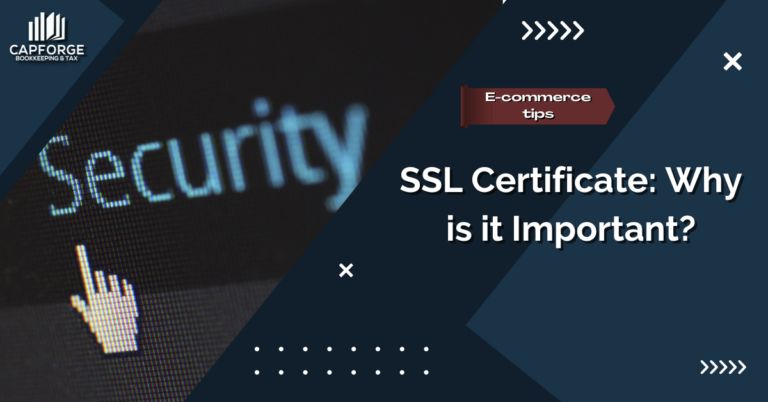Maverick Spending: What You Need to Know
Maverick spending represents a significant concern for businesses of small sizes due to its potential to disrupt financial management, compromise operational efficiency, and undermine organizational integrity.
The term “maverick” implies a sense of independence or deviation from established norms, and in the context of business spending, it signifies actions taken without proper oversight or control mechanisms.
In this article, we’ll discuss everything you need to know about maverick spending so you can better manage your resources and avoid unnecessary financial losses.
Understanding Maverick Spending
Maverick spending is a term used to describe unauthorized or non-compliant purchasing activities within an organization. This type of spending occurs when employees make purchases without following established procurement processes, bypassing necessary approvals, or deviating from contractual agreements and budgetary constraints.
The essence of maverick spending lies in its departure from established protocols and controls, often resulting in unmanaged or unexpected costs for the organization. Here are some examples:
Example A:
An employee in a small company needs to purchase office supplies. Instead of ordering from the company’s approved supplier list, the employee decides to buy from a different vendor without obtaining prior approval. This action could lead to inconsistencies in pricing, quality, and delivery timelines, potentially resulting in higher costs and operational inefficiencies.
Example B:
A department head requires specialized software to meet project requirements. Rather than going through the established procurement process to evaluate and select a software solution, the department head directly purchases a software license online. This maverick spending not only bypasses the organization’s evaluation and negotiation procedures but also may lead to compatibility issues or lack of support and training for the software.
These two examples illustrate the problem with maverick spending. When employees bypass established procurement channels, it can lead to missed volume discounts, inconsistent quality control, and difficulties in supplier relationship management.
Over time, these issues can erode the trust and reliability that an organization has built with its suppliers, potentially leading to higher costs and operational inefficiencies.
What are the Consequences of Maverick Spending?
Maverick spending can have detrimental effects on multiple facets of a company’s operations. These are:
1. Financial Impact
Maverick spending can severely disrupt a company’s financial health by introducing unpredictability and inefficiency into budget management. When employees make unauthorized purchases, they often miss out on negotiated discounts and favorable terms established through formal procurement processes. This leads to inflated costs, strains financial resources, and can result in budget overruns that compromise other essential initiatives within the organization.
2. Compliance Risks
From a compliance perspective, maverick spending undermines the regulatory frameworks and internal controls that companies have established to ensure transparency, accountability, and ethical conduct. Many industries are subject to stringent regulations governing procurement processes, vendor relationships, and financial reporting. Unauthorized purchases can violate these regulations, exposing the company to legal liabilities, fines, and penalties.
3. Operational Challenges
In terms of overall performance, maverick spending introduces operational inefficiencies that can hinder growth and strategic development. It disrupts established workflows and procurement cycles, leading to delays and inconsistencies in supply chain management. The lack of visibility and control over off-contract transactions makes it difficult to track spending patterns, evaluate supplier performance, and leverage economies of scale.
Actionable Steps to Prevent Maverick Spending
Preventing maverick spending within an organization requires a multifaceted approach that combines policy development, technology implementation, and employee engagement. Here are some actionable steps to address this issue effectively:
Establish Clear Policies and Procedures
The first step is to establish clear and comprehensive procurement policies and procedures that outline the approved vendors, purchasing thresholds, and review processes. These guidelines should be communicated to all employees and regularly updated to reflect changing business needs and regulatory requirements. By setting clear expectations and boundaries, organizations can minimize the risk of unauthorized purchases.
Implement Robust Approval Workflows
Introducing robust approval workflows can serve as a critical control mechanism to prevent maverick spending. All purchase requests should be routed through designated channels, requiring appropriate levels of authorization based on the nature and value of the transaction. Automated approval systems can help streamline this process, providing real-time oversight and accountability.
Utilize Technology Solutions
Investing in technology solutions such as procurement software and expense management systems can provide organizations with greater visibility and control over spending activities. These platforms can centralize procurement data, automate compliance checks, and generate real-time reports to monitor spending trends and identify potential red flags. Integrating these systems with existing financial and ERP systems can further enhance efficiency and accuracy.
Conduct Regular Audits and Monitoring
Regular audits and monitoring are essential for detecting and addressing maverick spending proactively. Organizations should establish a schedule for internal audits and compliance reviews to evaluate adherence to procurement policies and identify any unauthorized or off-contract purchases. Additionally, leveraging data analytics and reporting tools can help monitor spending patterns and highlight areas of concern that require further investigation.
Educate and Train Employees
Employee education and training are fundamental to fostering a culture of responsible spending and compliance. Organizations should provide comprehensive training programs that educate employees about the importance of adhering to procurement policies, the potential consequences of maverick spending, and the proper procedures for initiating purchases. Regularly communicating updates to policies and sharing best practices can reinforce these principles and ensure ongoing compliance.
Foster a Culture of Accountability
Lastly, fostering a culture of accountability is crucial for preventing maverick spending. Leaders and managers should lead by example, demonstrating a commitment to following established policies and procedures. Recognizing and rewarding compliance while addressing non-compliance in a timely and consistent manner sends a clear message about the organization’s expectations and values.
Conclusion
Ultimately, the proactive management of maverick spending is not merely a matter of cost control but a strategic imperative for safeguarding the long-term success and sustainability of the organization. By establishing clear guidelines, businesses can mitigate the risks associated with unauthorized purchases and cultivate a more transparent, efficient, and compliant procurement process.
Do you need help with tax, accounting, or bookkeeping services? If so, our team is ready to assist you. Simply fill out the form below, and we’ll get back to you shortly.








